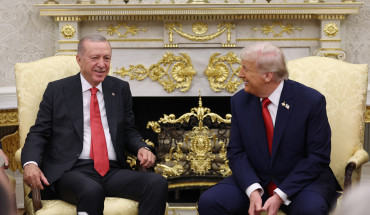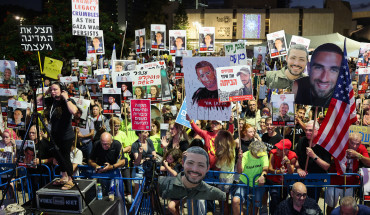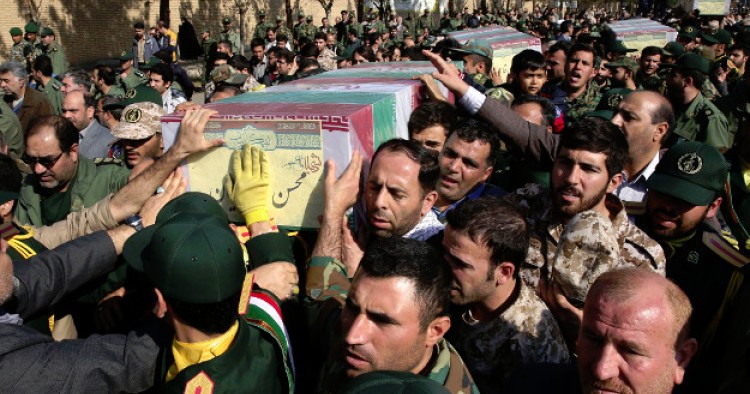Afghanistan’s largest daily Hasht-e Sobh has blasted the Iranian government for coercing Afghan refugees into fighting Iran’s proxy war in Syria. In an article, entitled “Dying in Syrian War only Way to Become Iran’s Citizen,” the author says the Iranian government has “finally confirmed that it grants Iranian citizenship to non-Iranian residents who fight in support of the Bashar al-Assad regime in Syria.” The article adds families of those killed in Syria can apply for citizenship, and that their applications are approved within a year in accordance with a legislation passed by Iran’s parliament.
Feraidon Azhand, the author of the article, explains that Tehran has offered Afghan refugees and attractive incentives to fight in Syria – including financial assistance and providing housing and educational opportunities for their families. He argues that many Afghans who have migrated to Iran as refugees or illegal economic migrants are suffering immense hardship and find it difficult to turn down such lucrative offers by Iranian authorities. But the article also emphasizes that some Afghans join the Syria conflict ideological reasons because Tehran has actively propagated the Syrian war as a religious battle. The author also criticizes the Afghan government for doing nothing to prevent the Iranian government from exploiting Afghan refugees for its proxy war in Syria.
Comment: The article in the Afghan newspaper appears to be a response to recent reports that the Iranian authorities have gifted dozens of apartments to families of Afghans killed in Syria. Ayatollah Raeisi, the head of an Iranian state-run endowment fund promoting Shiite causes, last week said the housing units were given to relatives of "exemplary Afghan fighters" killed in Syria.
As the Hasht-e Sobh article notes, while the Iranian authorities have recently been publicizing financial and other rewards to Afghan combatants and their families in order to encourage more Afghan Shiites to deploy to Syria, many Afghans who have returned from the war complain that the Iranian government has not honored its pledges. Another article in Hasht-e Sobh published two days ago, for example, quoted the wife of an Afghan who died because injuries sustained in Syria as saying that Iranian government did not even pay for the burial ceremony of her husband.
The Afghan Shiite contingent in Syria, called the Fatemiyoun Division, consists of thousands of Afghan Shiites recruited by the I.R.G.C. from the Afghan refugees and migrant workers living in Iran as well as Shiite Hazaras from inside Afghanistan. A senior Iranian official revealed earlier this year that 18,000 Afghan Shiites were now fighting in Syria, and Afghan militants played an instrumental role in the seizure of the Syrian city of Aleppo in December. According to the Iranian media, the Fatemiyoun was founded by leaders of two Afghan Shiite militant groups: Sepah-e Muhammad (Muhammad Army), an Iran-backed group that operated against the Taliban in Afghanistan in the 1990s, and the Abuzar Brigade, which fought alongside Iranian military forces against Iraq in the 1980s. The Fatemiyoun’s sister organization, the Zainabyoun Brigade, is much smaller in size and is comprised of hundreds of Pakistani Shiites.
The Middle East Institute (MEI) is an independent, non-partisan, non-for-profit, educational organization. It does not engage in advocacy and its scholars’ opinions are their own. MEI welcomes financial donations, but retains sole editorial control over its work and its publications reflect only the authors’ views. For a listing of MEI donors, please click here.













